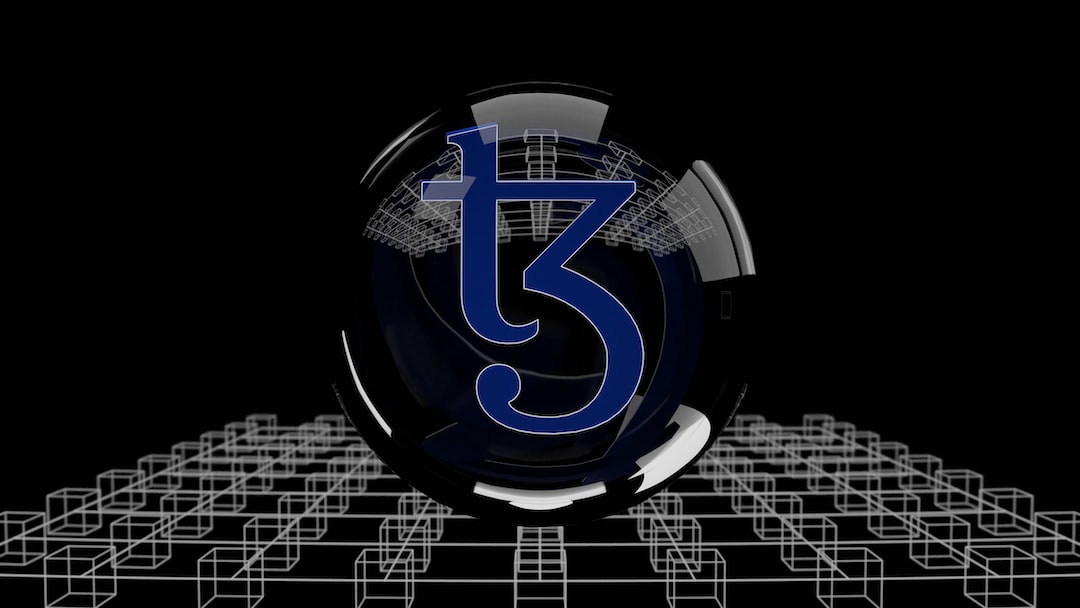SegWit Explained: How It Revolutionizes Bitcoin Transaction Processing
Welcome to the world of cryptocurrencies, where digital currencies like Bitcoin have gained massive popularity over the past few years. As you delve deeper into the intricacies of this decentralized financial system, you may come across the term “SegWit.” In this article, we will explain what SegWit is, how it revolutionizes Bitcoin transaction processing, and why it matters to you as a user.
What is SegWit?
SegWit stands for Segregated Witness, a proposed upgrade to the Bitcoin blockchain that was activated in August 2017. It was designed to address some of the scalability issues faced by Bitcoin, primarily related to transaction speed and capacity.
Prior to SegWit, each Bitcoin block had a maximum capacity of 1 megabyte (MB), which meant that only a limited number of transactions could be processed in each block. This restriction led to slower transaction confirmations and higher fees during periods of high network congestion.
With SegWit, a significant change was introduced to the way transaction data is stored in Bitcoin blocks. Instead of storing all transaction information in a block, SegWit separates the transaction signature data (also known as the witness) from the transaction data itself. This separation allows for more efficient use of block space and increases the overall capacity of the Bitcoin network.
How Does SegWit Revolutionize Bitcoin Transaction Processing?
The implementation of SegWit brings several key benefits to Bitcoin transaction processing:
- Increased Transaction Capacity: By separating the witness data, SegWit effectively increases the block size limit beyond 1 MB. This allows more transactions to be included in each block and improves overall network capacity.
- Faster Transaction Confirmations: SegWit enables the introduction of a new transaction format called “SegWit transactions.” These transactions are smaller in size and can be processed more quickly by network nodes. As a result, users experience faster confirmation times for their Bitcoin transactions.
- Reduced Transaction Fees: With the increased block capacity and faster transaction confirmations, SegWit helps alleviate network congestion. This reduction in congestion leads to lower transaction fees, making Bitcoin more affordable for everyday use.
- Support for Layer 2 Solutions: SegWit paves the way for the implementation of layer 2 scaling solutions like the Lightning Network. Layer 2 solutions allow for off-chain transactions, enabling near-instantaneous and low-cost transfers while reducing the burden on the main Bitcoin blockchain.
Why Does SegWit Matter to You?
If you are a Bitcoin user, SegWit offers several advantages that directly impact your experience:
- Faster and Cheaper Transactions: With SegWit, you can enjoy faster confirmation times and lower transaction fees, especially during peak usage periods. This makes Bitcoin more practical for everyday transactions like buying goods or services.
- Improved Scalability: SegWit’s increased transaction capacity allows the Bitcoin network to handle a larger volume of transactions. This scalability improvement ensures that as adoption grows, the network remains efficient and accessible to all users.
- Compatibility with Legacy Bitcoin Wallets: While SegWit introduced a new transaction format, it remains backward-compatible with older Bitcoin wallets. This means you can still send and receive funds to and from wallets that have not yet upgraded to support SegWit.
Frequently Asked Questions (FAQs)
Q: Does SegWit require me to update my Bitcoin wallet?
A: No, SegWit is a soft fork, which means it does not force users to update their wallets. However, upgrading to a SegWit-enabled wallet will allow you to take full advantage of its benefits.
Q: Can I send Bitcoin from a SegWit-enabled wallet to a non-SegWit wallet?
A: Yes, SegWit transactions are compatible with non-SegWit wallets. You can send Bitcoin from a SegWit-enabled wallet to any Bitcoin address, regardless of whether it supports SegWit or not.
Q: Are all Bitcoin transactions now using SegWit?
A: While the adoption of SegWit has been growing steadily, not all Bitcoin transactions use the new format. However, as more users and businesses upgrade their wallets, the percentage of SegWit transactions continues to increase.
Q: Can other cryptocurrencies implement SegWit?
A: Yes, Segregated Witness is a technology that can be implemented by other cryptocurrencies. In fact, several altcoins have already adopted or are considering implementing their own versions of SegWit.
Q: Does SegWit solve all scalability issues for Bitcoin?
A: While SegWit significantly improves scalability, it is not a complete solution on its own. It lays the foundation for further scaling improvements like layer 2 solutions such as the Lightning Network.
Congratulations! You now have a better understanding of what SegWit is, how it revolutionizes Bitcoin transaction processing, and why it matters to you as a user. Embrace the benefits of SegWit-enabled wallets and enjoy faster, cheaper, and more scalable Bitcoin transactions!





 By
By
 By
By

 By
By
 By
By